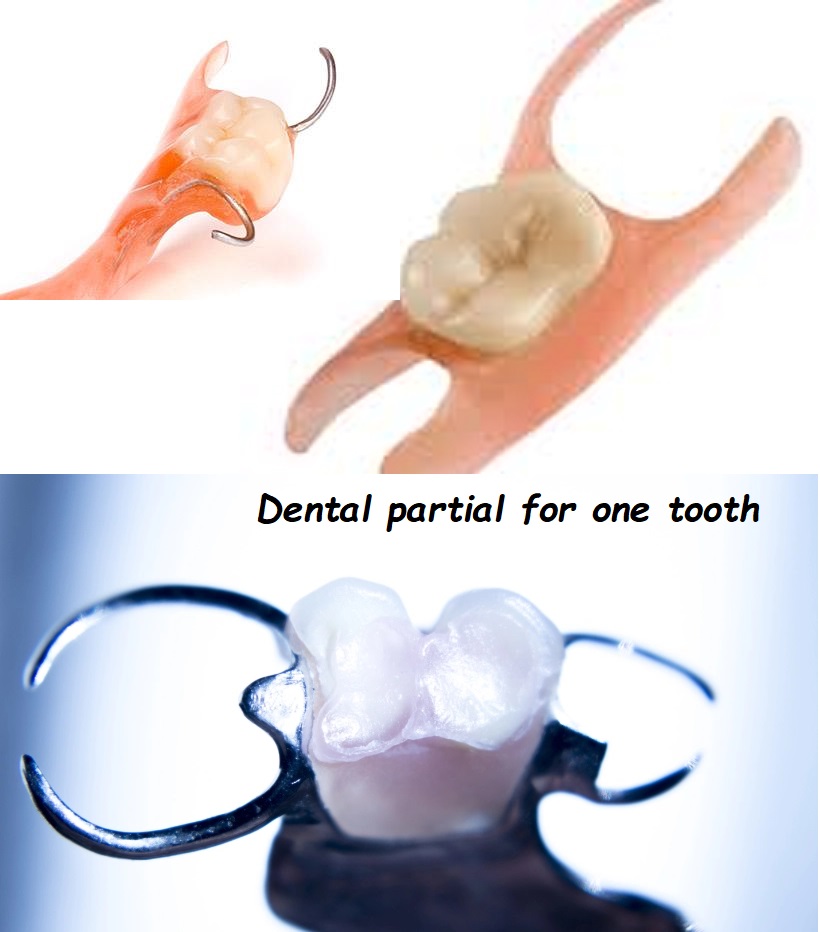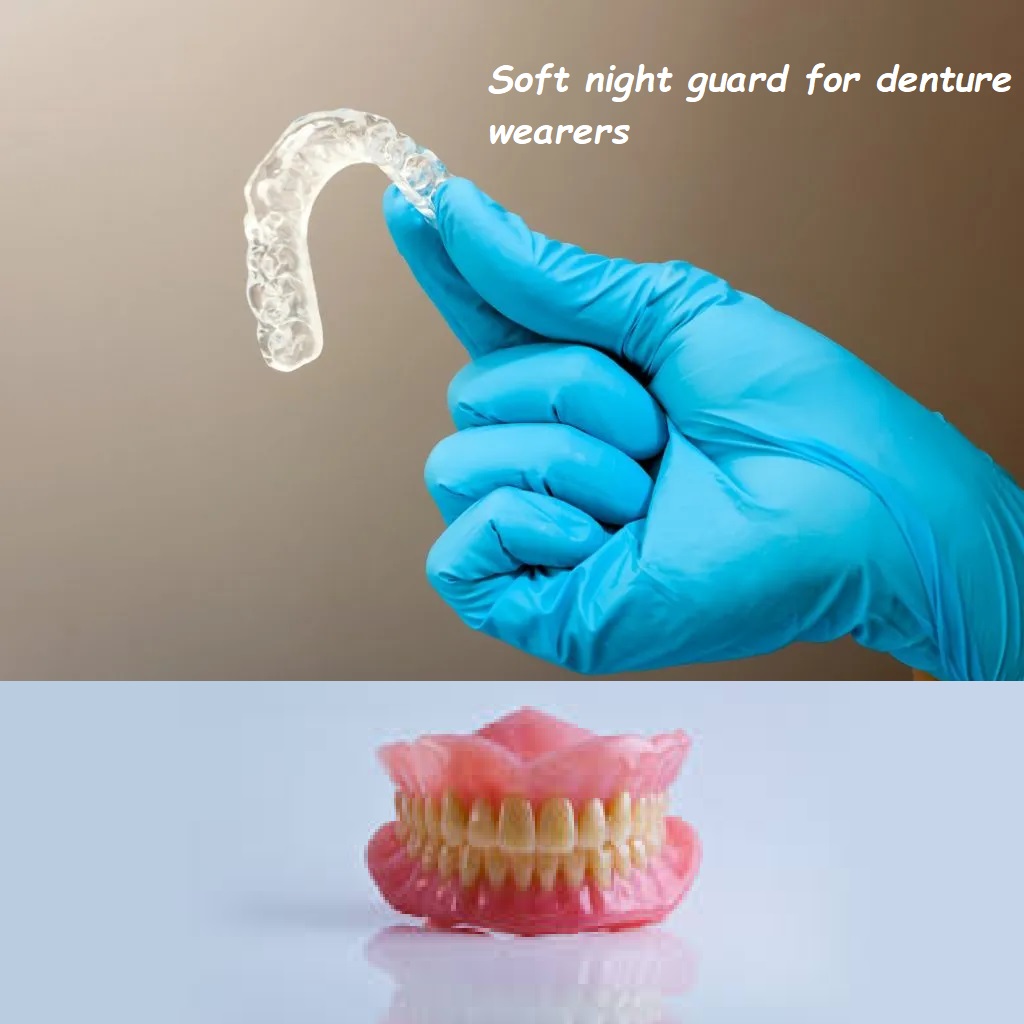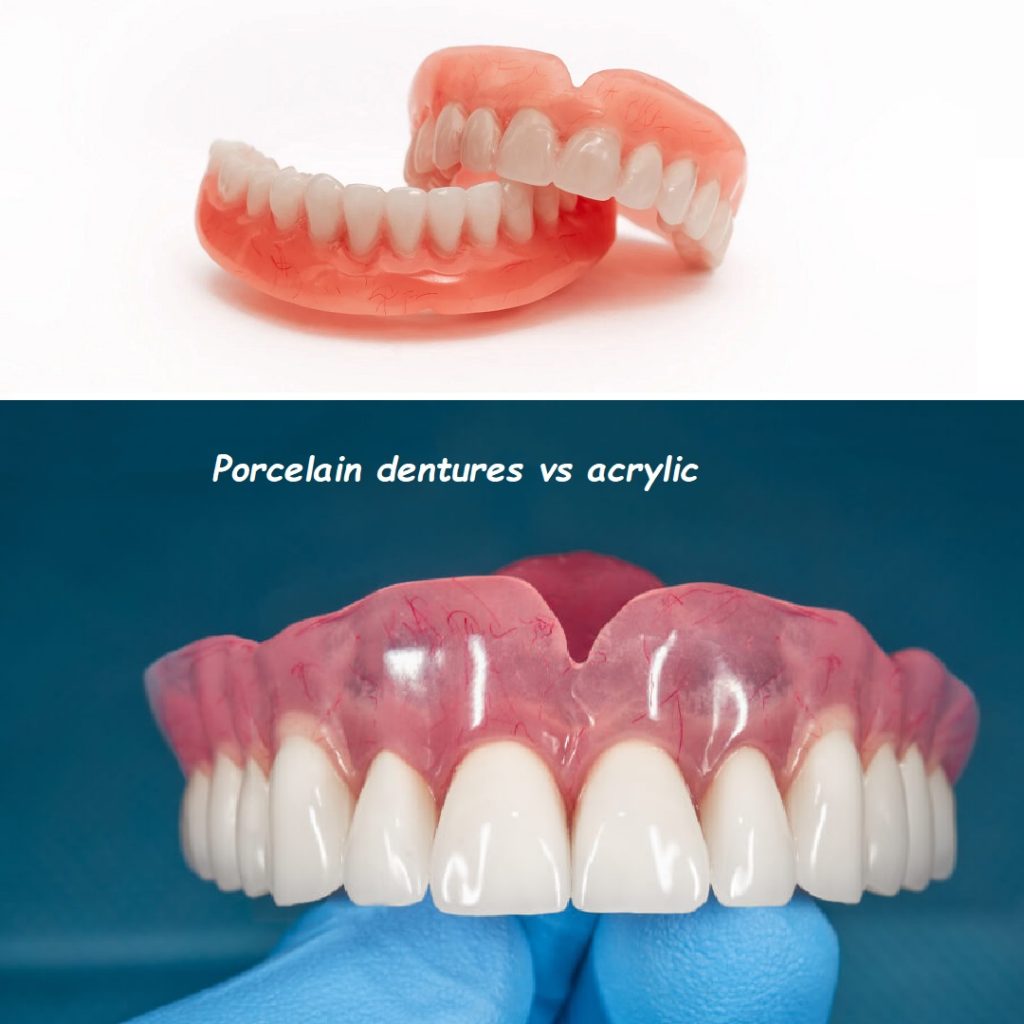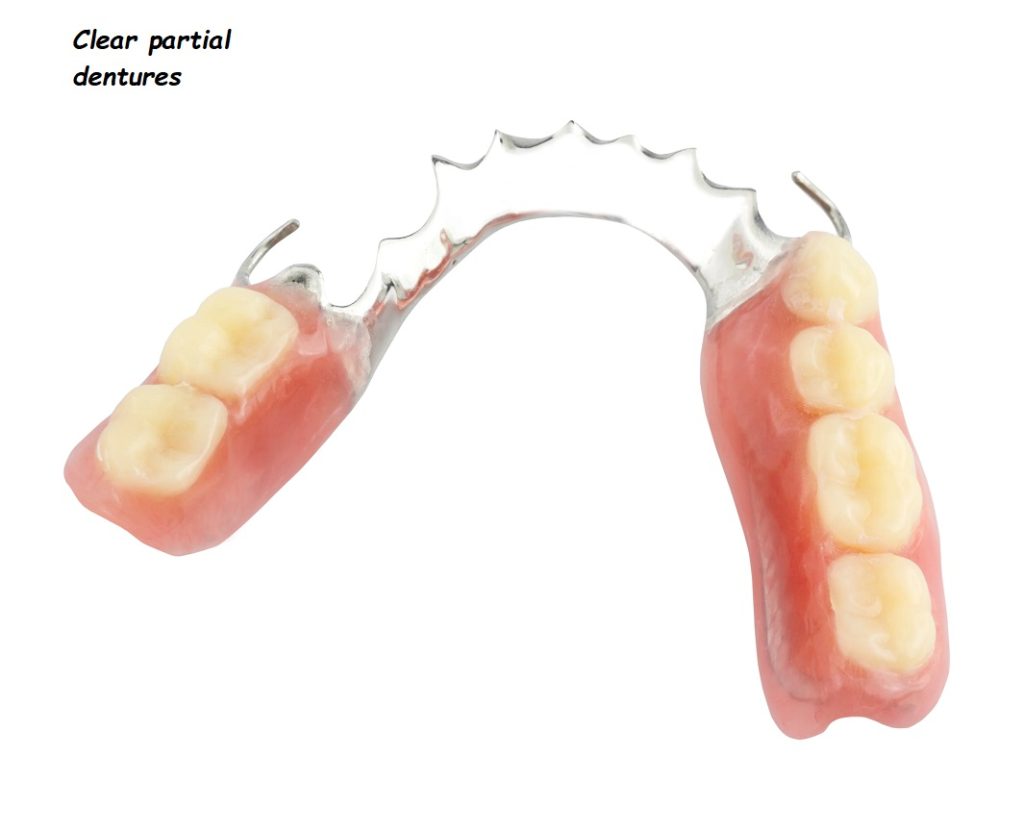Dental partial for one tooth

Dental Partial for One Tooth: Options, Benefits, and What to Expect
Losing a tooth, whether due to injury, decay, or other dental issues, can be a distressing experience, especially when it affects your smile, speech, or ability to chew. Fortunately, there are several solutions to restore both the appearance and function of your missing tooth. One of the most practical and cost-effective options is a dental partial designed to replace a single missing tooth. This type of dental partial, also known as a removable partial denture, is tailored to fill the gap left by the missing tooth while preserving the surrounding teeth and maintaining the integrity of your bite. In this guide, we’ll explore what a dental partial for one tooth entails, its benefits, the different types available, and what you can expect while getting one.
What Is a Dental Partial for One Tooth?
A dental partial for one tooth is a custom-made, removable appliance to replace a single missing tooth. It typically consists of an artificial tooth (also called a pontic) attached to a gum-colored acrylic base, which may include metal or acrylic clasps that help secure the partial to the adjacent natural teeth. Unlike a full denture, which replaces an entire arch of teeth, a dental partial focuses on filling the specific gap left by one missing tooth.
This type of partial denture is designed to blend seamlessly with your natural teeth, providing both aesthetic and functional benefits. It’s an ideal solution for those who need a quick, non-invasive, and cost-effective way to restore their smile.
Benefits of a Dental Partial for One Tooth
Opting for a dental partial to replace a single missing tooth has several advantages. Here are some of the key benefits:
1. Improved Aesthetics
One of the primary benefits of a dental partial for one tooth is improving your appearance. A missing tooth, especially in the front of your mouth, can affect your smile and facial aesthetics. A well-made partial denture can restore your smile, boost your confidence, and help you feel more comfortable in social and professional situations.
- Aesthetic Match: Dental partials are custom-made to match the color, shape, and size of your existing teeth, making the replacement tooth virtually indistinguishable from your natural teeth.
2. Restored Functionality
A missing tooth can make it difficult to chew food properly, leading to dietary restrictions and digestive issues. A dental partial restores your ability to bite and chew effectively, allowing you to enjoy a wider variety of foods without discomfort.
- Chewing Efficiency: With a dental partial, you can distribute chewing pressure more evenly across your teeth, reducing strain on the remaining natural teeth.
3. Preventing Tooth Shifting
When a tooth is missing, the surrounding teeth may shift into the empty space, leading to misalignment, bite issues, and further dental problems. A dental partial helps keep the adjacent teeth in their proper positions, maintaining the alignment of your teeth and bite.
- Stability: By filling the gap, a dental partial prevents other teeth from drifting out of place, which can lead to complications such as uneven wear, gum disease, and difficulties with cleaning.
4. Cost-Effective Solution
A dental partial for one tooth is generally more affordable than other tooth replacement options like dental implants or bridges. It offers a functional and aesthetic solution without the higher costs associated with surgical procedures.
- Affordability: Dental partials are a budget-friendly option that still provides a reliable and effective way to replace a missing tooth.
5. Non-Invasive Option
Getting a dental partial for one tooth is a non-invasive procedure that doesn’t require surgery. This makes it an appealing choice for individuals who want to avoid the risks and recovery time associated with more invasive dental treatments.
- Ease of Use: The process of getting a dental partial is straightforward, usually involving just a few visits to the dentist for fitting and adjustments.
Types of Dental Partials for One Tooth
There are several types of dental partials available, each designed to meet different needs and preferences. Here’s an overview of the most common types:
1. Acrylic Partial Denture
An acrylic partial denture has a gum-colored acrylic base that holds the artificial tooth in place. This type of partial often includes metal clasps that attach to the adjacent teeth for stability.
- Pros: Acrylic partials are lightweight, affordable, and easy to adjust. They are a popular choice for temporary or long-term solutions.
- Cons: The metal clasps may be visible when you smile, and acrylic partials may not be as durable as other options.
2. Cast Metal Partial Denture
A cast metal partial denture has a metal framework supporting the artificial tooth. The framework is typically made from lightweight, durable alloy and covered with gum-colored acrylic.
- Pros: Cast metal partials are strong, durable, and less bulky than acrylic partials. They provide a secure fit and can last many years with proper care.
- Cons: The metal clasps, though usually hidden, may sometimes be visible. Cast metal partials tend to be more expensive than acrylic ones.
3. Flexible Partial Denture
Flexible partial dentures are made from a flexible, nylon-like material that conforms to the shape of your gums and teeth. These partials don’t require metal clasps and instead rely on flexible material to stay in place.
- Pros: Flexible partials are comfortable, lightweight, and virtually invisible when worn. They are an excellent option for those who want a more natural-looking and comfortable fit.
- Cons: While more aesthetically pleasing, flexible partials may not be as durable as metal-based options and might require more frequent replacements.
The Process of Getting a Dental Partial for One Tooth
The process of getting a dental partial for one tooth is relatively simple and involves a few key steps. Here’s what you can expect:
1. Initial Consultation and Examination
The first step is to schedule an appointment with your dentist to discuss your options. During this consultation, your dentist will examine your mouth, take X-rays if necessary, and determine whether a dental partial is the best solution for your needs.
- Discussion: Your dentist will discuss the different types of partials available and the pros and cons of each to help you make an informed decision.
2. Impressions and Measurements
If you decide to proceed with a dental partial, your dentist will take impressions and measurements of your teeth and gums. These impressions are used to create a custom-fit partial that matches your mouth’s unique contours.
- Customization: The goal is to ensure the partial fits comfortably and blends seamlessly with your natural teeth.
3. Fitting and Adjustments
Once your dental partial is ready, you’ll return to the dentist’s office for a fitting. Your dentist will place the partial in your mouth and check for fit, comfort, and aesthetics. Adjustments may be made to ensure the partial fits properly and doesn’t cause any discomfort.
- Adjustment Period: It’s common to need a few adjustments to get the perfect fit. Your dentist will work with you to ensure the partial feels comfortable and looks natural.
4. Ongoing Care and Maintenance
After you’ve received your dental partial, it’s important to follow your dentist’s instructions for care and maintenance. This includes cleaning the partial daily, removing it at night, and visiting your dentist regularly for check-ups.
- Care Routine: Proper care and maintenance will help extend the life of your partial and ensure it continues to function well and look good.
Caring for Your Dental Partial
Taking good care of your dental partial is essential for maintaining its function and appearance. Here are some tips for caring for your partial denture:
1. Daily Cleaning
Clean your dental partial daily to remove food particles, plaque, and bacteria. Use a soft-bristled toothbrush and a non-abrasive denture cleaner or mild soap. Avoid using toothpaste, as it can be too abrasive and cause scratches.
- Tip: Rinse your partial with water before and after cleaning to ensure all debris is removed.
2. Soak Overnight
When you’re not wearing your partial, soak it in water or a denture-soaking solution to keep it moist. This helps maintain its shape and prevent it from drying out or warping.
- Tip: If your dentist recommends it, use a special denture-soaking solution. Avoid soaking it in hot water, as this can cause the partial to warp.
3. Handle with Care
Handle your partial denture with care to avoid dropping or damaging it. When cleaning it, hold it over a soft surface, such as a folded towel or a basin of water, to cushion it if it slips from your hands.
- Tip: Avoid harsh cleaning agents or bleach, which can partially damage or discolor the gum-colored base.
4. Regular Dental Check-Ups
Continue to visit your dentist regularly for check-ups, even if you have a partial denture. Your dentist will examine your mouth and partial to ensure everything is in good condition and make any necessary adjustments.
- Tip: Inform your dentist of any discomfort, changes in fit, or damage to the partial so it can be addressed promptly.
Frequently Asked Questions About Dental Partials for One Tooth
Q: How long does a dental partial for one tooth last?
A: With proper care, a dental partial can last anywhere from 5 to 10 years or longer. However, adjustments may be needed over time due to changes in your mouth, such as gum shrinkage or wear and tear on the partial.
Q: Can I eat normally with a dental partial?
A: Yes, a dental partial allows you to eat various foods. However, it’s best to avoid very hard or sticky foods that could damage the partial or cause discomfort.
Q: Will a dental partial affect my speech?
A: It may take some time to adjust to speaking with a dental partial, but most people adapt quickly. Practicing speaking, reading aloud, or talking with a friend can help you become more comfortable with your partial.
Q: How much does a dental partial for one tooth cost?
A: The cost of a dental partial varies depending on the type of partial and materials used. On average, a dental partial for one tooth can cost between $300 and $2,500. Your dentist can provide a detailed cost estimate based on your specific needs.
Q: Can a dental partial be repaired if it breaks?
A: If a dental partial breaks or becomes damaged, it can often be repaired. Your dentist can assess the damage and recommend whether it can be fixed or if a replacement is necessary.
Conclusion: Restoring Your Smile with a Dental Partial for One Tooth
A dental partial for one tooth offers a practical, affordable, and effective solution for replacing a single missing tooth. Whether you’ve lost a tooth due to injury, decay, or other dental issues, a partial denture can restore your smile, improve your ability to chew and prevent further complications like tooth shifting. With several types of partials available, you can choose the option that best suits your needs and preferences.
By working closely with your dentist, you can ensure that your dental partial fits comfortably looks natural, and functions well for years to come. Proper care and regular dental check-ups are key to maintaining your partial denture and enjoying the full benefits of your restored smile. If you’re considering a dental partial for one tooth, consult your dentist to explore your options and take the first step toward a healthier, more confident smile.









